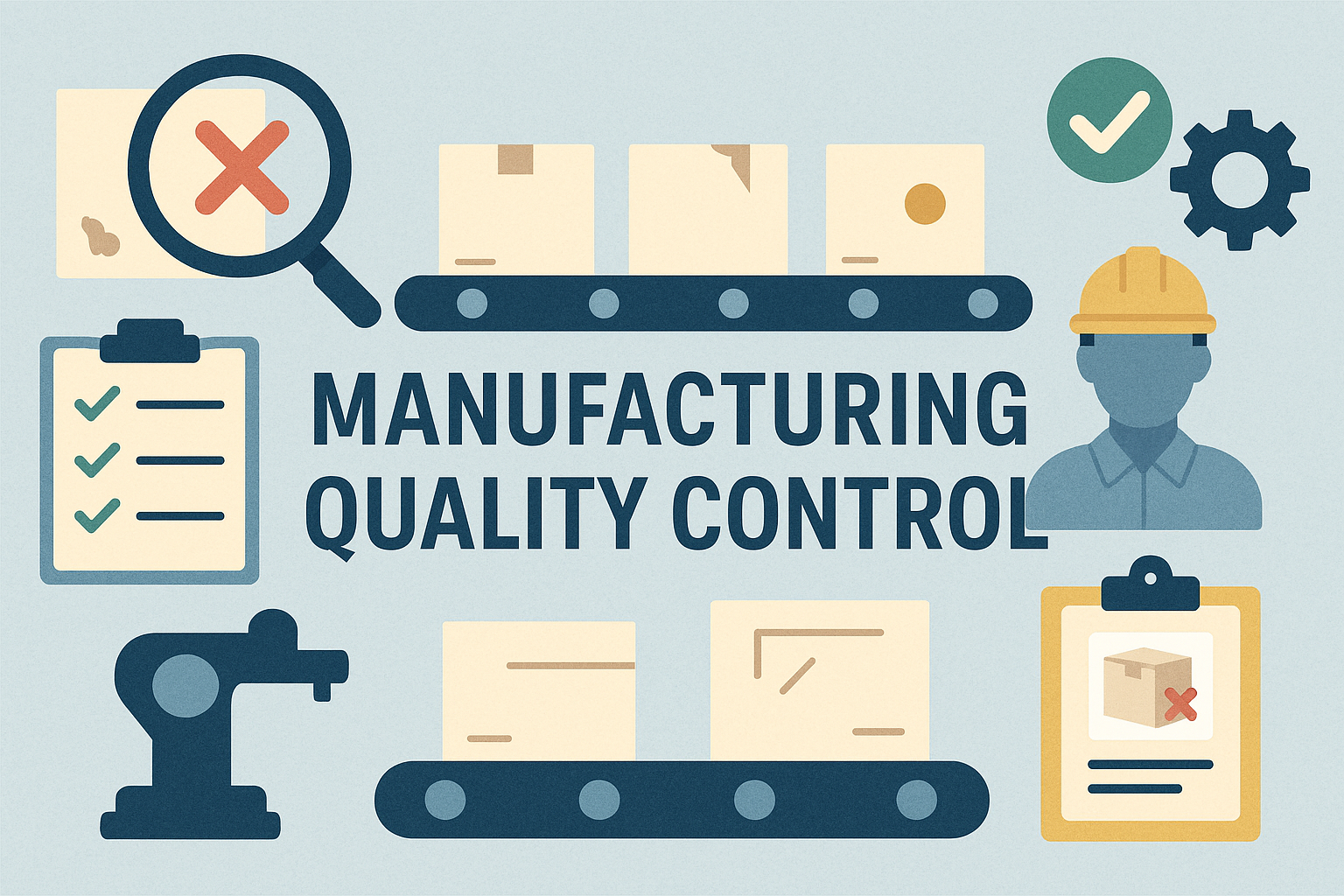
In manufacturing, it’s not always the significant failures that damage client trust—it’s the minor, repeated defects that slip through the cracks. A smudge here, a tear there, or an uneven cut may seem minor, but together they can jeopardize a customer relationship built over years. That’s precisely what happened in this case, and the way the company responded offers valuable lessons for every manufacturer.
In May 2025, a client named Zhongyi raised a complaint about a shipment of OnePage Baby Summer Soothing Cream Gift Boxes. Out of a delivery batch of 10,000 units, a sample size of 200 was inspected, and the results were concerning:
21 defective pieces were identified.
The defect rate was 10.5%, far exceeding acceptable limits.
Issues included dirt/contamination (8 pcs), indentation (3 pcs), cutting defects (1 pc), warping (6 pcs), and other damage (3 pcs).
The defects were classified as Category C, meaning they were severe enough to make the batch nonconforming. The client accepted only part of the batch and rejected the rest, leading to potential production risks.
This incident highlights the real-world challenges manufacturers face and the importance of robust quality control systems.
Every quality issue stems from a chain of preventable weaknesses. In this case, three primary root causes were identified:
Contamination from dust-free cloths
Operators used cloths for wiping surfaces after visual inspection.
Cloths were not replaced on time, carrying residual adhesive that caused secondary contamination.
Indentation and cutting defects from the machine setup
During equipment debugging, defective products were not isolated or scrapped.
These were mixed into the assembly line and escaped detection by inspection staff.
Warping and damage caused by improper handling
Assembly staff wiping glued areas used inconsistent techniques.
This caused warping and tearing of the packaging paper during final assembly.
The analysis revealed both process weaknesses (equipment setup, inspection protocols) and human factors (improper handling, insufficient training).
Quick action is critical when a client reports defects. In this case, the company implemented several rapid-response measures to contain the problem:
Direct client communication
The quality team immediately informed the client of the inspection results.
Rework and replenishment details were confirmed to prevent production stoppage at the client’s facility.
100% inspection of internal stock
All semi-finished and finished goods in inventory and production were re-inspected.
This ensured defective products were intercepted before reaching the client.
These immediate steps demonstrated responsiveness and responsibility, both of which are essential to maintaining customer confidence.
Quick fixes stop the bleeding, but lasting improvements require systemic changes. Based on the analysis, the company introduced a series of long-term corrective actions:
Preventing contamination
All assembly staff must now wear gloves during operations.
Dust-free cloths must be replaced or cleaned after wiping 300 pieces.
Inspection staff received additional training to spot contamination risks.
Preventing indentation and cutting defects
During machine setup, defective areas are now clearly marked and isolated.
All suspected faulty pieces undergo special inspection by trained staff.
Defective items are immediately scrapped, not recycled.
On-site patrol inspections follow up and audit compliance.
Preventing warping and damage
Assembly and inspection staff were trained on correct handling techniques.
Defect samples were created and displayed at workstations for reference.
Staff are required to validate proper techniques through trial assembly before mass production.
These measures directly addressed the weak points that caused the complaint and ensured staff at all levels were more accountable.
To strengthen the system even further, preventive actions were rolled out:
Visual reminders: Photos of customer-reported defects were displayed in production areas to remind staff of what to watch for.
Stronger training programs: All employees received training to recognize defect risks.
Upstream and downstream quality control:
Early processes were tasked with minimizing defect creation.
Final inspectors were instructed to perform 100% checks without exception.
Quality department follow-up: Dedicated quality staff were made responsible for monitoring compliance and tracking improvements.
These preventive measures embedded lessons from the incident into the company’s daily routines.
Improvement measures must be validated before closing a case. The company implemented a tracking period of three production batches to verify effectiveness. Only after no abnormalities were found was the case closed.
This validation step is crucial—it ensures improvements are not just temporary fixes but sustainable changes.
This case study provides valuable lessons for manufacturers across industries. To prevent similar complaints, companies should:
Invest in training – Operators need practical, repeated training on handling, inspection, and defect awareness.
Improve inspection protocols – Don’t rely on random checks when defect risks are high; implement 100% inspections when necessary.
Strengthen equipment setup management – Always isolate and scrap debugging defects to avoid mix-ups.
Standardize handling techniques – Provide clear guidelines and reference samples for operators.
Embed defect awareness visually – Post real defect samples and images on production floors.
Close the loop with validation – Track several batches after implementing improvements before declaring success.
Maintain proactive communication with clients – Transparency during complaints strengthens trust and prevents escalation.
Customer complaints are never pleasant, but they are powerful opportunities for improvement. In this case, a 10.5% defect rate exposed critical weaknesses in handling, inspection, and equipment management. By responding quickly, implementing long-term corrective actions, and strengthening preventive measures, the company not only regained client trust but also improved its entire quality control system.
For other manufacturers, the takeaway is clear: turn complaints into catalysts for excellence. A strong quality culture is not built by avoiding problems but by learning from them, acting decisively, and embedding those lessons into daily operations. This is how companies transform quality challenges into long-term customer confidence.